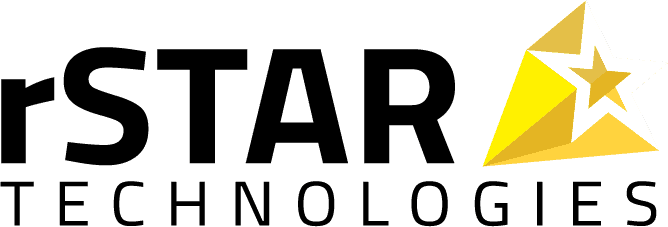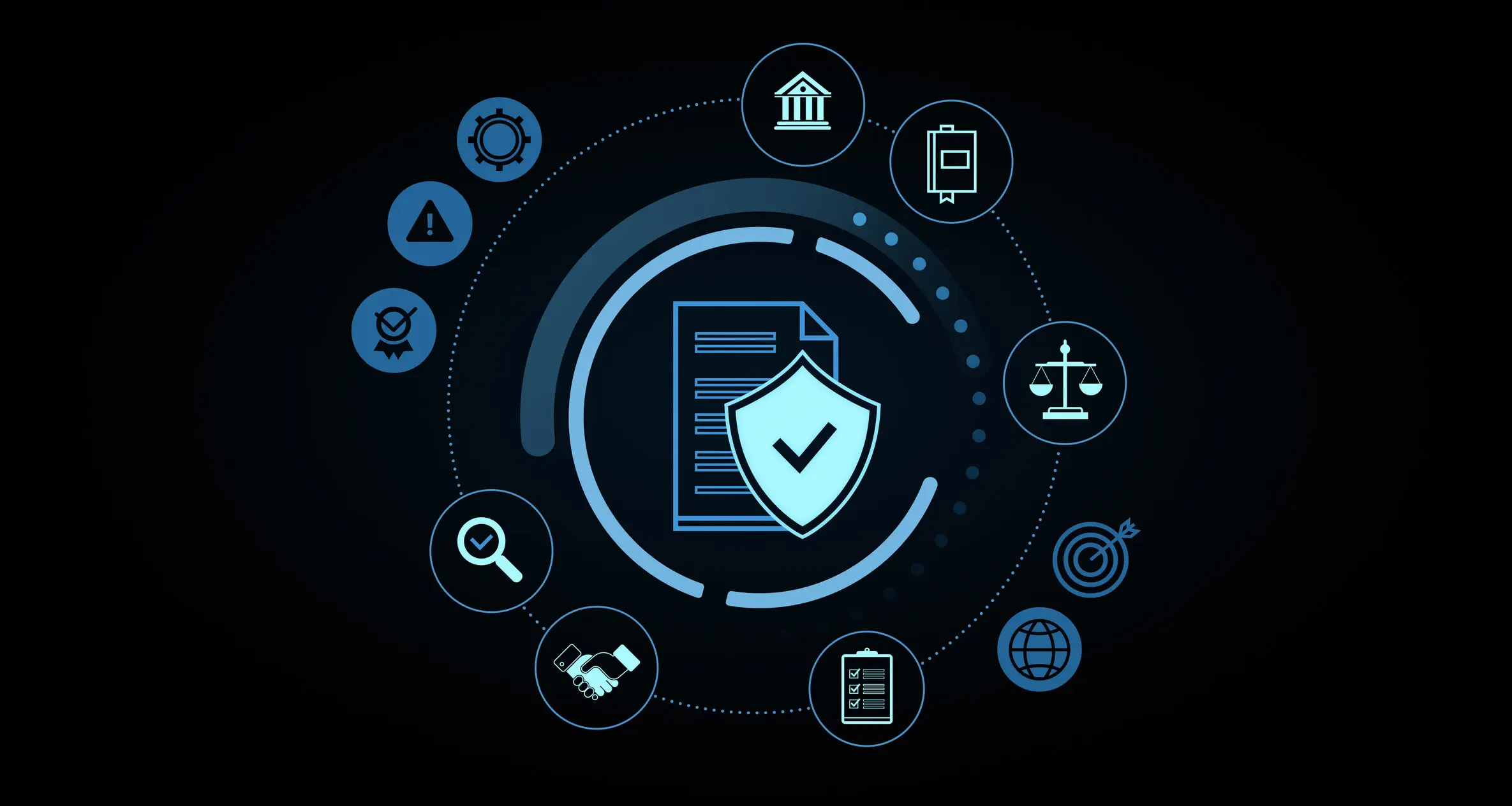To stay agile, productive, and competitive, enterprises must constantly seek ways to modernize their systems, applications, and processes. A vital part of this digital transformation involves migrating on-premises legacy systems, especially ERPs, to the cloud. While cloud migration promises increased accessibility, security, efficiency, scalability, and innovation, the implementation path can be overwhelming and complex. To achieve expected results, organizations must assess and understand if and why they need cloud migration, the best approach and strategies to adopt, and how to optimize their cloud migration results.
Table of Contents
The Imperatives of Cloud Migration
Legacy on-premises ERP solutions have been the backbone of many large enterprises for decades. However, with the current technological advancements and dynamic business environments, these systems have often become more of a hindrance than a help. The associated scalability issues, maintenance costs, data silos, and integration challenges present a dire need for cloud migration.
Migrating enterprise applications to the cloud addresses these issues by offering scalable infrastructure, reduced maintenance costs, improved data accessibility, and seamless integration. Today, doing business without being in the cloud is almost impossible.
However, enterprises must approach migration with planning and strategic execution.
Assessing Cloud Migration Needs and Choosing a Strategy: The 6 Rs
Before adopting cloud migration, enterprises must evaluate their systems and applications using the 6R framework. Each ‘R’ represents a different migration strategy in this framework, and we always recommend adopting strategies that suit the organization’s specific needs and goals.
Choosing the right cloud migration strategy determines a project’s success across different cloud-based infrastructures — Oracle Cloud, Microsoft Azure, Google Cloud Platform, Amazon Web Services, etc. Before deciding, it’s crucial to evaluate operating costs, compliance, security, interoperability, and future readiness.
Rehost (Lift and Shift)
This cloud migration strategy involves moving applications to the cloud with minimal changes. It’s a quick, straightforward approach and ideal for organizations that want to migrate quickly without significant modifications. It offers immediate benefits like reduced data center costs but may not fully leverage cloud-native capabilities.
Replatform (Lift, Tinker, and Shift)
Replatforming requires critical optimization of applications during migration to take advantage of cloud infrastructure. This can include changing the database or optimizing the application for cloud performance. This migration approach balances speed and optimization, providing better performance without extensive modifications.
Repurchase (Drop and Shop)
This strategy entails replacing the current application with a new, cloud-native version or a completely different solution available as a service (SaaS). This approach is suitable where the modern equivalent of the existing solution offers significant advantages or the cost of maintaining the existing system is too high.
Refactor (Re-architect)
Refactoring involves re-architecting applications to exploit cloud capabilities fully. This strategy suits complex mission-critical applications where performance, scalability, and agility are paramount. It yields the most substantial long-term benefits but requires a significant investment of time and resources.
Retire
In some cases, an enterprise may no longer need specific applications. Retiring such applications before cloud migration can reduce complexity and costs, allowing the organization to focus on more critical systems.
Retain (Revisit)
Some applications may need to stay on-premises, temporarily or permanently, due to regulatory requirements, latency issues, or other constraints. In such situations, the organization can revisit these applications later as cloud capabilities and organizational needs evolve.
Best Practices for Enterprise Cloud Migration
Successful enterprise cloud migration projects involve more than just choosing the right strategy. Organizations should adopt these best practices to optimize their outcomes.
Comprehensive Assessment
Before starting the migration, organizations should thoroughly assess their existing systems, applications, and data. Understanding the dependencies, performance requirements, and potential challenges makes the journey seamless.
Develop a Clear Strategy
Define migration goals and develop a clear strategy. Decide which applications to move first and which approach (or combination of methods) to use and create a detailed cloud migration roadmap.
Leverage Automation
Use automation tools to streamline the migration process. Automation helps reduce errors, increase migration speed, and ensure consistency.
Focus on Security
Security should be a top priority throughout the migration process. Implement robust security measures to protect data and ensure compliance with regulatory requirements.
Engage Stakeholders
Involve key stakeholders from within and outside the organization. Set up a team that includes IT, operations, security, and business units and ensure they have the necessary skills and training to manage cloud infrastructure. Sometimes, this might involve partnering with cloud migration specialists, hiring new talent, upskilling existing staff, or combining all three.
Monitor and Optimize
After migration, continuously monitor performances and optimize the cloud environment. This vigilance helps the organization realize the full benefits of cloud infrastructure and make necessary adjustments as company needs evolve.
How rSTAR Technologies Can Help
rSTAR has extensive experience in helping enterprises navigate the complexities of cloud migration. Our comprehensive approach ensures that your migration is seamless, efficient, and aligned with your business goals. Take advantage of pre-built connectors, workflows, and iPaaS best practices when migrating to the cloud to reduce operational costs and increase flexibility, scalability, and revenue.
Our team of experts conducts a detailed assessment of your current systems to identify unique opportunities and challenges. We then develop a customized migration strategy that aligns with your business objectives and leverages the most suitable migration methods. From planning to execution, we collaborate with you through the cloud migration cycle, ensuring minimal disruptions to your business units and operational integrity. Our solutions and robust security practices ensure your data is protected and you comply with relevant regulations.
This case study highlights how our cloud migration solutions empowered Solairus to enhance its aviation asset management without investing in a data center.
Contact us to learn how we can serve as your transformation partner and help you migrate your applications to the cloud and scale your business.






